The Lighthouse of Alexandria is also known as the “Pharos of Alexandria” for the simple fact that it was located on the Island of Pharos, just outside of the Egyptian city of Alexandria.
It is considered to be one of the 7 wonders of the ancient world, the second from Egypt along with the Great Pyramid of Giza.
In this post, we’ll present you with the ultimate list of facts about the Lighthouse of Alexandria, one of the most famous lighthouses in the world.
1. When was the Lighthouse of Alexandria Built?
Alexander the Great founded the city of Alexandria in 332 B.C. It’s one of the 17 cities he founded but only one of the few that remained.
After he died in 323 B.C. the first king of the Ptolemaic Kingdom named Ptolemy I Soter made himself king in 305 B.C.
This also marks the start of the Ptolemaic Kingdom, which ended with the death of Cleopatra and the Roman conquest of 30 B.C.
The construction of the Lighthouse of Alexandria started around 290 B.C. and took nearly 12 years to complete.

2. How was the Lighthouse of Alexandria constructed?
Even though Ptolemaic king Ptolemy I Soter commissioned the construction of the Lighthouse of Alexandria, it wasn’t finished under his reign.
The building was finished under the reign of his son, Ptolemy II Philadelphus, who was the pharaoh of Ptolemaic Egypt for 37 years from 283 to 246 B.C.

Some sources claim that the lighthouse was built with solid blocks of limestone. This, however, seems rather dubious as the construction of such a high building wouldn’t have been possible.
Because it would collapse under its own weight if built with limestone blocks, it’s much more likely that it was built with pink granite which has been found in the region.
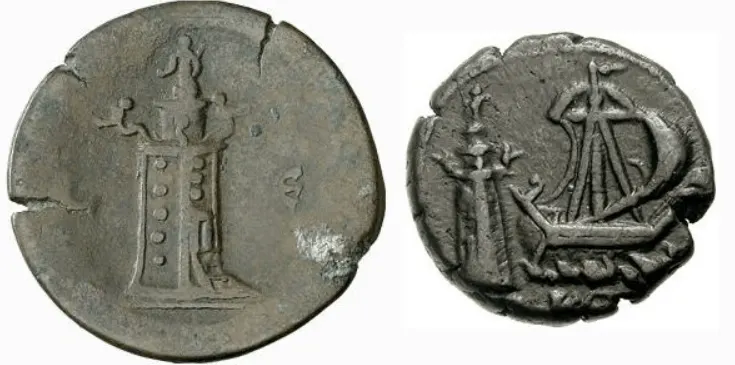
3. How big was the Lighthouse of Alexandria?
Even though the Lighthouse of Alexandria underwent a lot of restorations, heights from contemporary sources don’t vary too much.
In one of the clearest descriptions of the lighthouse written in 1166 A.D. by Arab traveler Abou Haggag Youssef Ibn Mohammed el-Balawi el-Andaloussi, it’s mentioned that the base of the lighthouse was 30 meters (98 ft) long on all sides.
As to the height of the lighthouse, all estimates point towards the fact that the lighthouse was over 100 meters high (330 ft), between 103 and 118 meters to be exact.
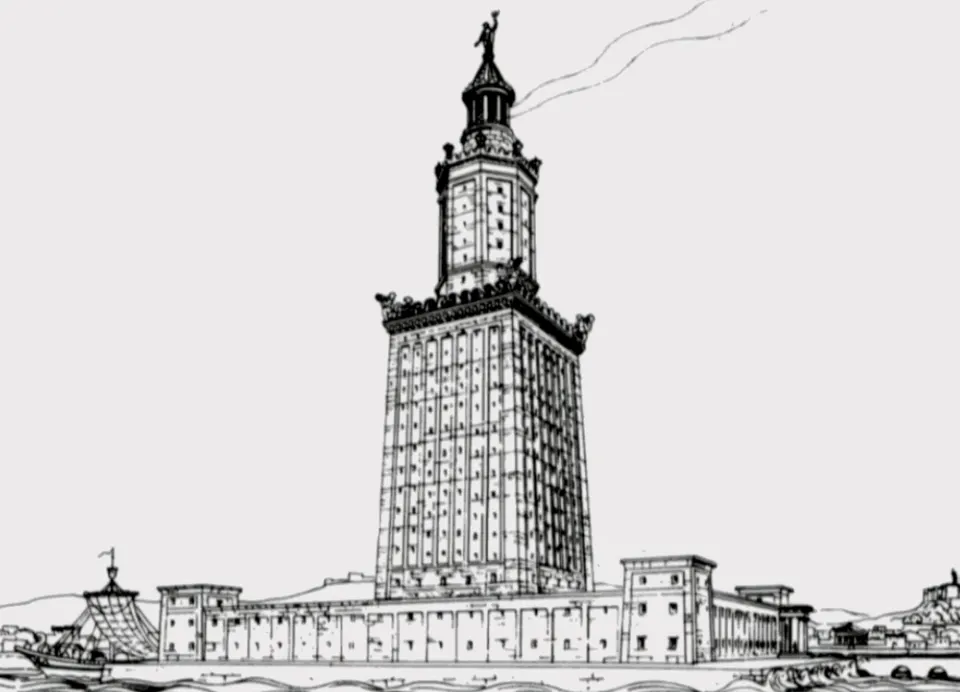
4. How was the Lighthouse of Alexandria destroyed?
The Lighthouse of Alexandria was located in the vicinity of 2 fault lines, the African-Arabian and the Red Sea rift fault lines. This made it prone to earthquakes.
A series of earthquakes have caused the Lighthouse of Alexandria to be destroyed and eventually collapse.
The first series of earthquakes happened in 796 and 951 and caused major damage. The first structural collapse, making the top 20 meters of the building fall over, happened in a very severe earthquake in 956.
Nevertheless, the lighthouse was rebuilt and an Islamic dome was integrated replacing the statue that used to be on top of the lighthouse before.
The most severe earthquake happened in 1303 with an estimated intensity of 8+ on the Richter scale, causing the final collapse.
Finally, in 1477, the then-Sultan of Egypt built a medieval fort using the fallen stones of the lighthouse. This fort is called the “Citadel of Qaitbay.”

5. What is the current status of the Lighthouse of Alexandria?
The first major archeological expedition took place in 1968. It was sponsored by UNESCO and led by underwater archeologist Honor Frost.
More than confirming the existence of the lighthouse and part of the remains being buried on the ocean floor couldn’t be done at that time. This was due to the lack of specialized archeologists and they are starting to become militarized.
In the 1990s there have been two major archeological expeditions. One led by French archeologist Jean-Yves Empereur and one led by French/Italian archeologist Franck Goddio.
The expedition led by Empereur led to the discovery of blocks of granite, 30 sphinxes, and 5 obelisks. He also discovered columns with inscriptions dating back to Ramses II (1279–1213 BC). In total, over 3,300 artifacts were cataloged, of which 36 can now be found in museums in Alexandria.
The other 90s expedition led by Franck Goddio took place on the other side of the harbor and had similar success as it uncovered remains of houses, temples, and numerous artifacts.

More interesting facts about the Lighthouse of Alexandria
7. The Lighthouse of Alexandria, also known as the Pharos of Alexandria, was the first lighthouse ever built in the entire world.
8. While today we have the Burj Khalifa as the tallest man-made structure in the world, the lighthouse of Alexandria held the title of being the second-tallest made structure in the world for numerous centuries. The only taller structure built by people was the Great Pyramid of Giza, also located in Egypt near the modern city of Caïro.

9. Alexandria was founded by Alexander the Great around a small existing ancient Egyptian town named “Rhacotis,” and became one of the most important port cities in the world. It was even the second most important city in the Mediterranean after Rome.
10. The Lighthouse of Alexandria is considered to be one of the 7 wonders of the ancient world and the third-longest surviving one. Only the Mausoleum at Halicarnassus and the Pyramid of Giza, the only one that still exists today.
11. The reason the lighthouse of Alexandria was built, just as with any other lighthouse, was to safely guide sailors into the port since it was believed the inhabitants of Pharos were wreckers. Being the first to ever have such a powerful navigation system in place, it also allowed the city of Alexandria to become one of the most important cities of its time.
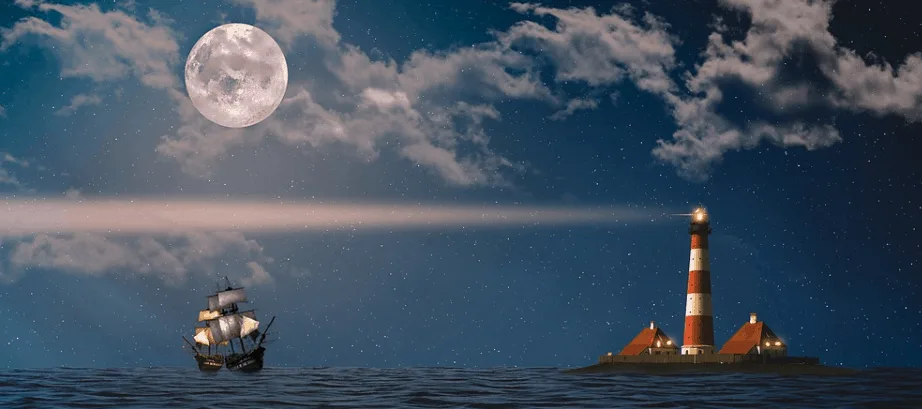
12. The total cost to build the Lighthouse of Alexandria was 800 talents of silver, the currency used at that time. In today’s currency, we can estimate that this is about $3 million.
13. To give you a better idea of how enormous the amount was back in those days, 800 talents were the equivalent of 23,000 kilos of silver and it was nearly 10% of the treasury Ptolemy I owned the moment he started his reign.
14. If we compare this amount to another structure, the famous Parthenon temple in Athens in Greece, the massive temple part of the Acropolis, only cost about 469 talents of silver.
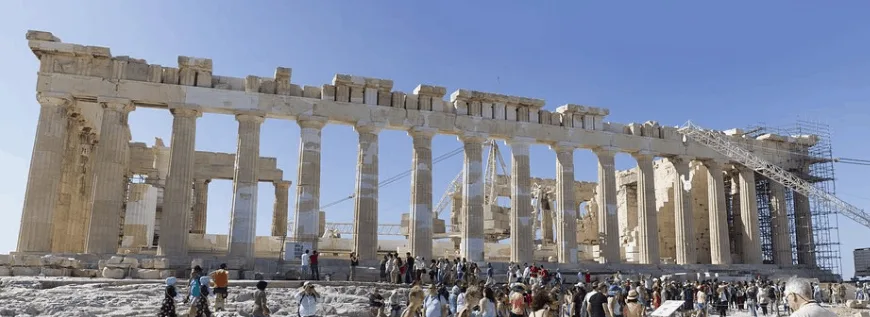
15. The place the Lighthouse of Alexandria was built was on a little island named “Pharos.” This was located on the western edge of the Nile Delta, one of the largest river deltas in the world.
16. The city of Alexandria was founded on the opposite side of the island of Pharos on what is called an “Isthmus,” a narrow stretch of land connecting two larger areas that would otherwise be separated by water.
17. The island of Pharos and the city of Alexandria were eventually connected with a mole, a massive stone structure that served as a causeway between the two places to cross the water. The giant cause was called the “Heptastadion” and was more than 1,200 meters (0.75 miles) long.

18. The modern-day port is located on the west side of where the Heptastadion used to be. In ancient times, the Great Harbor used to be east of it. This is now an open bay.
19. This also means that in ancient times, there used to be two harbors in the city of Alexandria, the Port of Eunostos, which was the commercial port, and the Great Harbor, which was the royal port.
20. Crossing both ports could be done through canals that cut through the Heptastadion. This allowed ships to easily transfer from one port to the other. Right now, the Heptastadion isn’t needed anymore and the city has expanded extensively in that area.
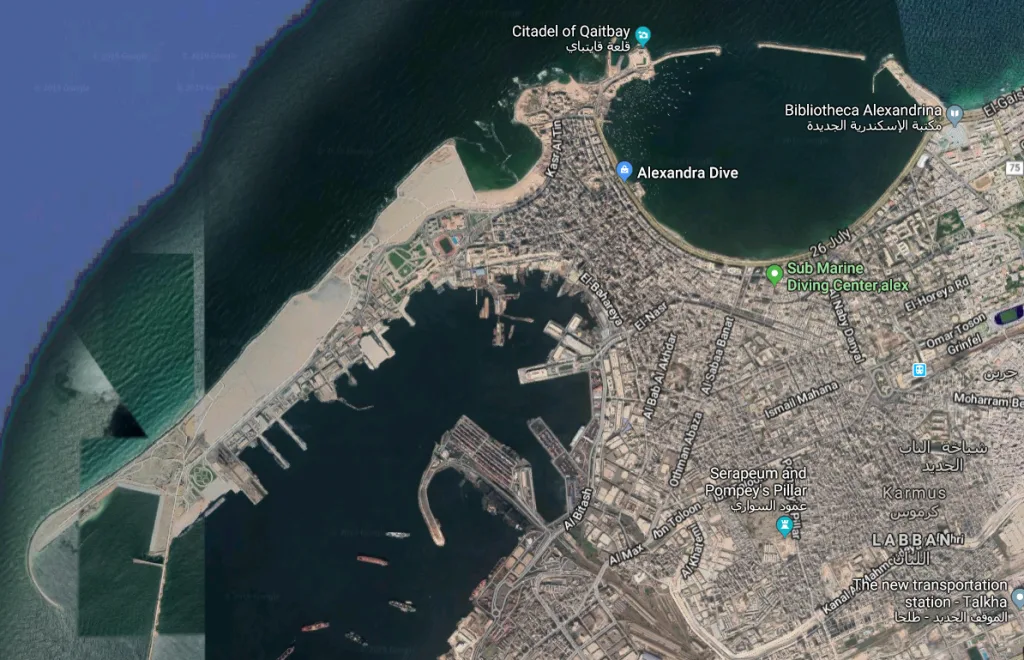
21. Ptolemy I, who commissioned the construction of the Lighthouse of Alexandria, turned Egypt into a Hellenistic kingdom. This means that Alexandria at the time was a major city in Greek culture.
22. It is believed that the light at the top of the Lighthouse of Alexandria was produced by a wood-burning furnace.
23. Sostratus of Cnidus, a Greek architect, and engineer, is mentioned by Pliny the Elder as being the architect of the Lighthouse of Alexandria. This isn’t a fact and has already been disputed.
24. Another historian named Strabo even mentioned that Sostratus helped to fund its construction as he was a friend of Ptolemy I.
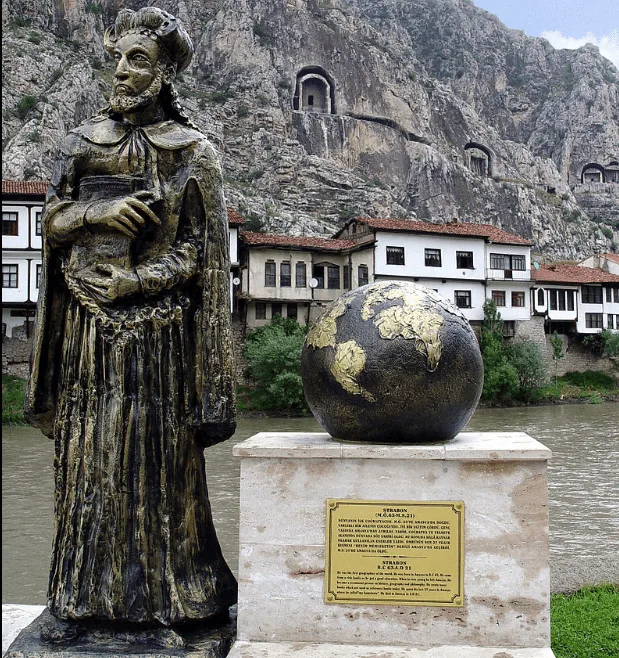
25. This same Sostratus is believed to have used a trick for his name to be eternalized on the walls of the Lighthouse of Alexandria. The story goes that he wrote the name of the reigning king using plaster, knowing this would eventually crumble. Below it, he put his own inscription which read:
Sostratus of Cnidos, the son of Dexiphanes, to the Divine Saviours, for the sake of them that sail at sea.
26. Most contemporary descriptions of the Lighthouse of Alexandria mention that the building was made out of light-colored stones.
27. Al-Masudi, an Arab historian wrote in the 10th century A.D. that the eastern side of the lighthouse, in full view of everybody entering and leaving, had letters of 50 centimeters wide honoring Zeus.
28. The most common explanation for the destruction of the lighthouse is natural causes, mainly earthquakes. The 10th-century writer al-Mas’udi has another cause though. In his story, the Byzantines sent an ancient spy to the empire of Caliph Abd al-Malik ibn Marwan who convinced him there was treasure at the bottom of the lighthouse. While searching for the treasure, the spy sabotaged its foundation causing the lighthouse to collapse.
29. It has been announced that the Egyptian government is putting in a lot of effort to put the thousands of artifacts that are scattered along the ocean floor on display. Egypt’s minister of antiquities announced that they are working to create an underground museum in the Eastern harbor area of Alexandria.
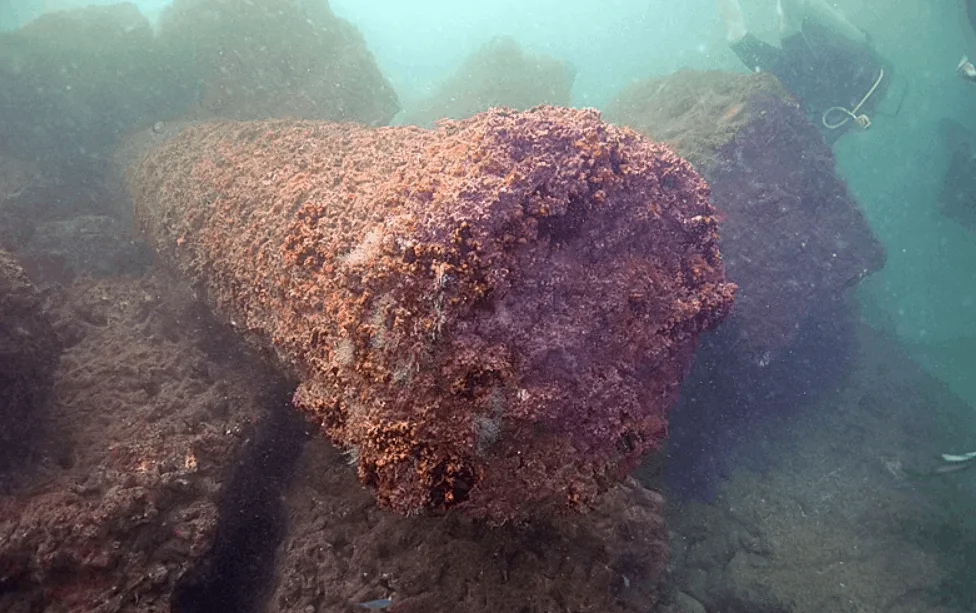
30. UNESCO is currently working on adding the entire Bay of Alexandria, which includes the remains of the Lighthouse of Alexandria, to a World Heritage List of submerged cultural sites.
31. In many languages, the word Pharos is the etymological base of the translated word lighthouse. This includes, for example, Roman languages such as French (phare), Italian and Spanish (faro), Catalan, Romanian (far), and Portuguese (Farol). Even a Slavic language like Bulgarian (far) has a similar word. In Turkish, Serbian and Russian, a derived word means “headlight” (far; фар; фара).
32. An ancient tomb located less than 50 kilometers (29 mi) from Alexandria called the “Pharos of Abusir” is believed to be a scaled-down model of the Lighthouse of Alexandria.
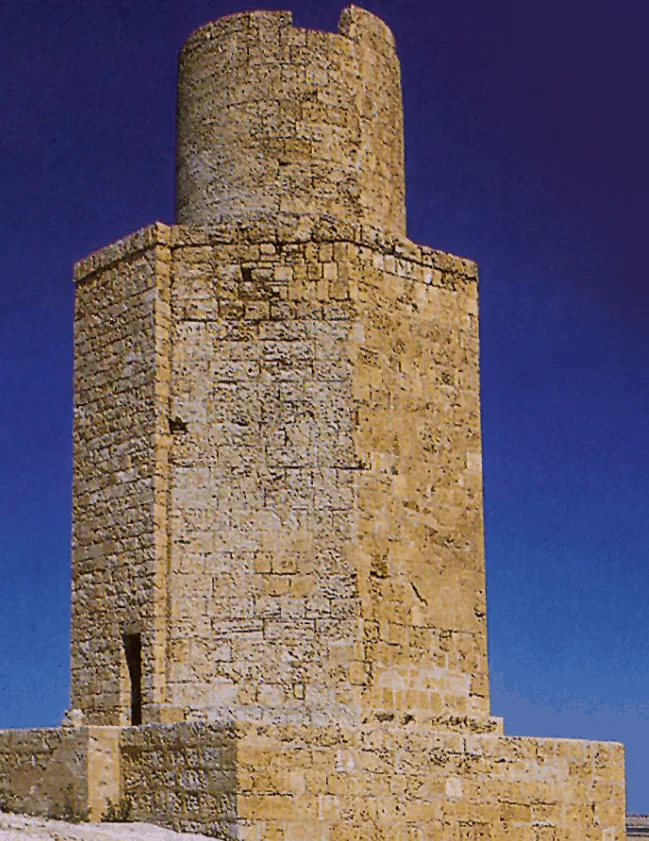
33. The Lighthouse of Alexandria shaped human history. It was of strategic importance for Julius Caesar to conquer Egypt. He wrote this about it in his account “Civil Wars” (referring to himself in the third person):
Now because of the narrowness of the strait there can be no access by ship to the harbour without the consent of those who hold the Pharos. In view of this, Caesar took the precaution of landing his troops while the enemy was preoccupied with fighting, seized the Pharos and posted a garrison there. The result was that safe access was secured for his corn supplies and reinforcements.
34. The George Washington Masonic National Memorial, located in the city with the same name as its Egyptian counterpart, Alexandria, in the American state of Virginia, is modeled after the ancient lighthouse.
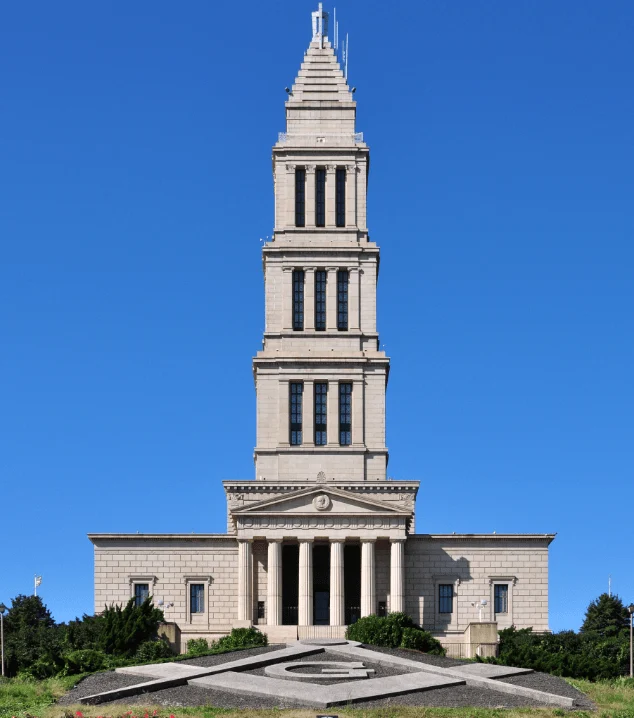
35. The flag of the modern city of Alexandria still has the icon of the ancient lighthouse in it, reflecting its importance for the city up until today.
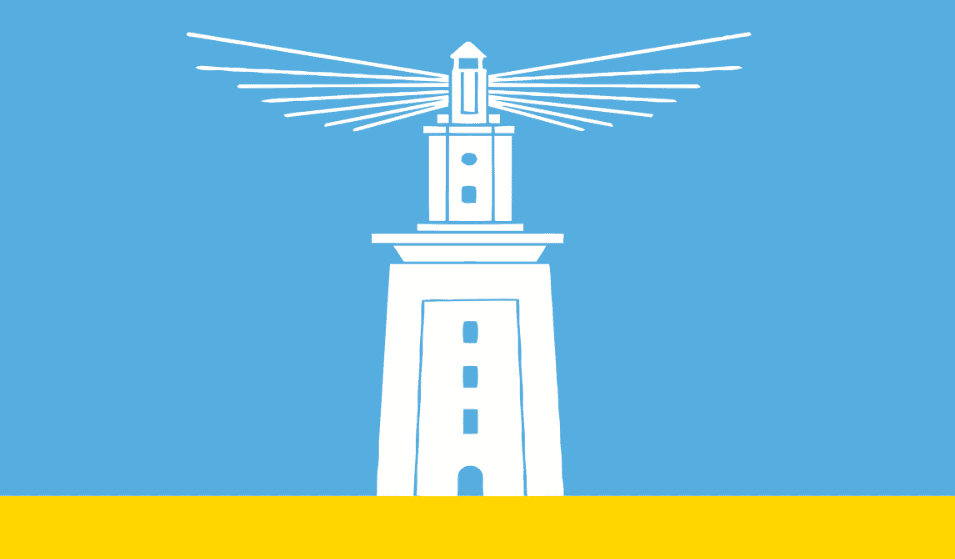

Leave a comment
You must be logged in to post a comment.